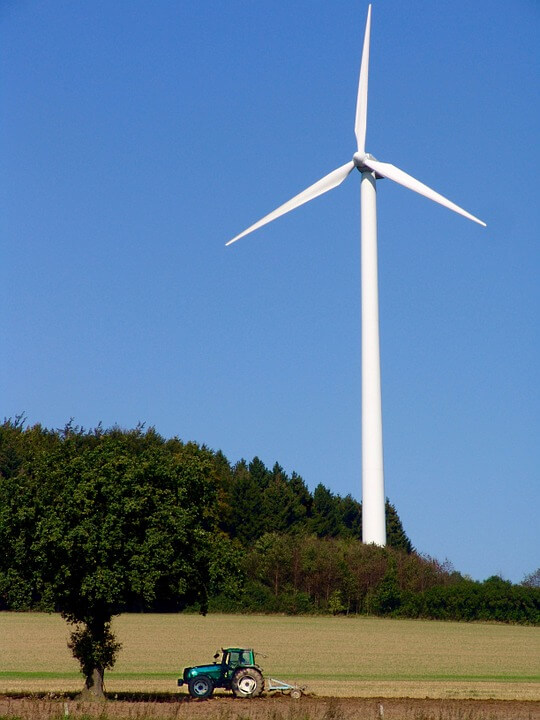
Start-up company, Aquanis, says it has a new system that features a blade-mounted plasma flow actuator, which is a software-controlled solid-state electrical device. The system is designed to help large turbines better mitigate large wind loads.
The Slater Technology Fund announced it has committed $20,000 to Aquanis, a North Kingstown, RI-based startup developing a device that promises to improve efficiency and extend the service life of utility-scale wind turbines.
With a mission of reducing the cost of wind energy, Aquanis aims to play a key role in helping the industry reach the Department of Energy’s goal of quadrupling domestic wind-power generating capacity by the year 2030.
The cost of wind energy can be reduced by deploying larger, more efficient, and durable wind turbines. But to build such wind turbines, designers must find a way to mitigate fatigue loads in the turbine blades, caused by unsteady aerodynamic forces. All of the remedies tried to date have moving parts, and are costly and complex to implement.
Aquanis is developing a new technology that can address the problem with no moving parts and minimal blade modifications. The Aquanis system features a blade-mounted plasma flow actuator, which is a software-controlled solid-state electrical device that is simple and inexpensive. The system is based on patented technology developed at the University of Notre Dame. Aquanis has acquired an exclusive license to the patent portfolio for the wind energy field of use.
“The maturation of wind technology has been characterized by massive growth in turbine size, to maximize the swept area, but there are limits to this trend due to the increased wear and tear in the blades and the turbine’s gearbox,” said Thorne Sparkman, Managing Director at the Slater Technology Fund. “Aquanis’ technology will enable deployment of larger turbines by mitigating these loads.”
The market for Aquanis’ device includes all new wind turbine construction – currently 25,000 utility-scale turbines per year with total capacity of 63 GW. This market is expected to continue growing by 12% per year through 2025. The customers that the company is initially targeting are the top ten wind turbine manufacturers, including Vestas, Siemens, GE, Goldwind, Enercon and Suzlon, which, combined, own about 70% of the global market.
Aquanis was founded by Neal E. Fine, Ph.D., who brings more than 20 years of experience in R&D in fluid dynamics and aeronautical systems in support of the defense, marine, aviation, and energy industries. In addition to Dr. Fine, who serves as CEO, the Aquanis management team includes President Shmuel Halevi and Chief Technology Officer John A. Cooney, Ph.D.
The company has also attracted a roster of notable advisory board members, including:
- Thomas C. Corke, Ph.D., Clark Chair Professor of Aeronautical Engineering at the University of Notre Dame, Founder, ND Center for Flow Physics and Control
- Kenneth Breuer, Ph.D., Professor of Aeronautical Engineering at Brown University
- Stephen Nolet, Senior Director of Innovation & Technology at TPI Composites, Inc., a wind turbine blade manufacturer with a facility in Warren, R.I.
- Adam Pool, CEO of Environmental Investment Partners, and member of the Clean Energy Venture and Walnut Angel Groups
According to Aquanis CEO Neal Fine, the wind industry has seen tremendous growth over the last two decades as the cost of wind energy dropped by more than a factor of two.
“Many of the top manufacturers are now turning to smart blade technologies to further reduce the cost of energy to consumers. An on-blade air flow control system will allow them to build taller towers and larger and longer lasting blades without significantly changing the cost of materials. The timing is right to introduce Aquanis’ plasma flow control technology,” he said. “We are thrilled to partner with Slater to help us bring this exciting technology to market.”
Filed Under: Financing, News, O&M, Projects




